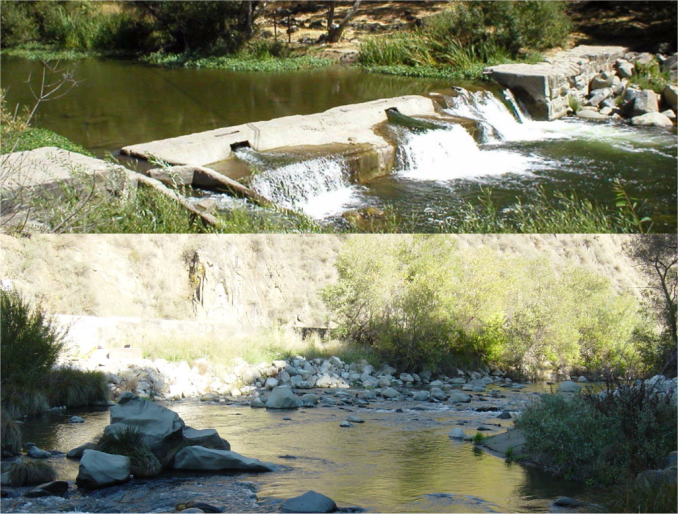Evaluating Small Dam Removal Planning in the San Francisco Bay Area

Abstract
Dam removal is now commonly being considered as a river restoration tactic as millions of small dams in the United States outlive their intended purposes and become liabilities or cause environmental degradation. This study evaluates two cases of small dam removal in the San Francisco Bay Area, gauging what aspects of the decision-making and planning process facilitated successful removal. Through the study of the setting, actors, steps of progression, and treatment of risks for each dam removal project, the cases are evaluated against one another via pattern matching and comparing factors of analysis. Planning at the watershed scale, the presence of protected salmonids, available funding, and strong leadership that incorporates multiple stakeholder viewpoints and embraces adaptive management were all found to be important factors leading to successful outcomes.